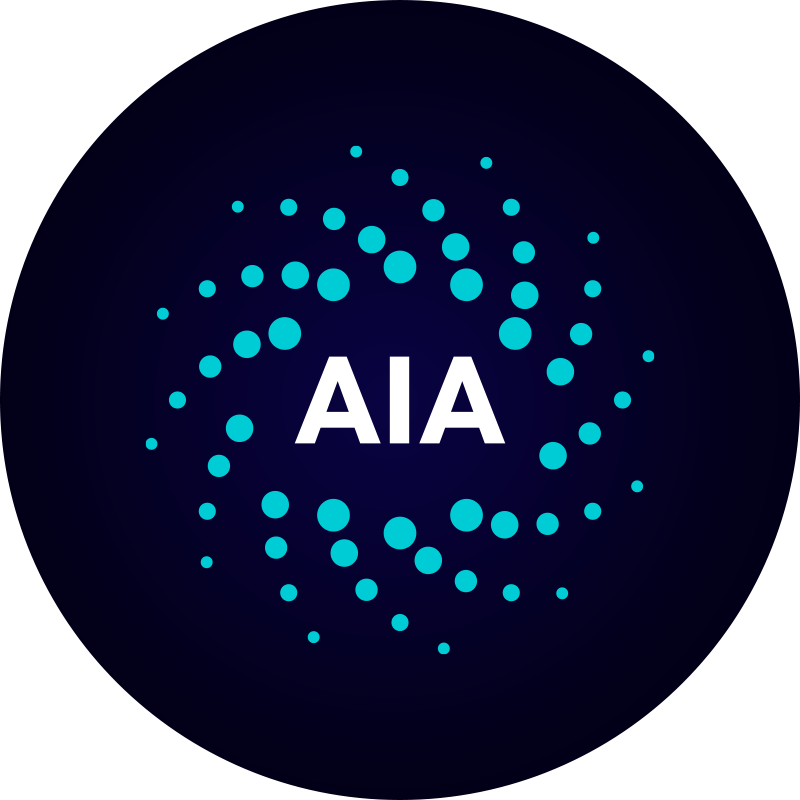How to Mine Cardano: A Comprehensive Guide

Cardano, a third-generation blockchain platform, has garnered immense attention due to its scientific foundation and evidence-based consensus mechanism. While many associate cryptocurrencies with the traditional concept of mining, Cardano offers a different methodology, known as staking, providing an eco-friendly alternative to those eager to participate in its network.
Understanding Cardano and Its Unique Approach
The journey of understanding how to mine Cardano begins with recognizing the platform's proof-of-stake (PoS) consensus model. Unlike traditional proof-of-work (PoW) systems, which require solving complex mathematical problems and consume extensive computational power, PoS leverages a significantly more energy-efficient approach.
Cardano stands out with its unique Ouroboros protocol, which ensures security, scalability, and sustainability. This protocol enables stakeholders to participate in the network by simply holding ADA, the native cryptocurrency of Cardano, in a web3 wallet like the Bitget Wallet. Holders of ADA can take part in the network operations and ensure blockchain integrity.
Staking: The Heart of Cardano Mining
In the context of Cardano, the term 'mining' is more aptly referred to as staking. Participants, or stakeholders, can either act as validators or delegators.
-
Validators are responsible for creating new blocks and confirming transactions. They are required to run a full node and manage block production, which necessitates some technical expertise and consistent involvement.
-
Delegators, on the other hand, can entrust their ADA to a stake pool. This option is ideal for users who seek passive income without the responsibilities of maintaining a node.
Staking is inherently less resource-intensive compared to mining. This makes Cardano a greener alternative and aligns with global environmental goals by substantially minimizing carbon footprints.
Setting Up to Stake Cardano
Preparing to stake Cardano involves a series of deliberate steps designed to maximize returns and ensure a smooth user experience.
Secure Your ADA
Firstly, acquiring ADA tokens is a fundamental step. This can be done by trading other cryptocurrencies on reputed exchanges like the Bitget Exchange or purchasing directly using fiat currency.
Choose the Right Wallet
Security is paramount. Opting for a reliable web3 wallet such as the Bitget Wallet helps ensure the safekeeping of your ADA tokens, safeguarding them from potential threats while facilitating seamless staking processes.
Selecting a Stake Pool
As a delegator, the next critical decision is choosing a stake pool. Numerous pools are available, each with varying levels of delegation fees and operational transparency. When selecting, consider factors like pool performance, size, and community feedback.
Getting Started with Staking
Once you've secured your ADA and chosen a stake pool, the staking process is relatively straightforward. Transfer your ADA tokens to your wallet and exercise the delegation feature to assign your stake to the desired pool. This action ensures your ADA is actively contributing to the validation process.
The Rewards of Staking
Staking in Cardano isn’t merely about contributing to network security; it’s also a lucrative endeavor. Rewards are distributed based on the amount of ADA staked in the pool and the pool’s overall performance.
Weekly epochs ensure regular reward distribution. This means that stakeholders regularly receive compensation for their contributions, adding to the excitement and appeal of participating in the Cardano ecosystem.
Risks and Considerations
While staking is generally secure, potential investors must be cognizant of risks. Pool performance can vary based on numerous factors, including market trends and technical issues. Therefore, spreading stakes across different pools can mitigate these concerns.
Be mindful of scammers promoting unrealistically high rewards and exercise due diligence. The security measures in place, such as using the Bitget Wallet, greatly reduce risks associated with unauthorized access.
Evolving with the Cardano Ecosystem
The dynamic nature of blockchain technology means there's always opportunity for growth and evolution. Cardano continuously undergoes significant updates and improvements, enhancing both user experience and staking opportunities. Staying informed about these changes is essential for maximizing returns on your staking ventures.
The combination of pioneering technology and compelling incentives makes Cardano a favored choice among crypto enthusiasts and investors alike. The ongoing advancement within its ecosystem ensures that participants are not only contributing to blockchain security but also partaking in a sustainable financial revolution.
Embark on your Cardano staking journey today, leveraging the innovative power of this groundbreaking platform while reaping the benefits of eco-friendly, profitable staking.
Want to get cryptocurrency instantly?
Latest articles
See more























